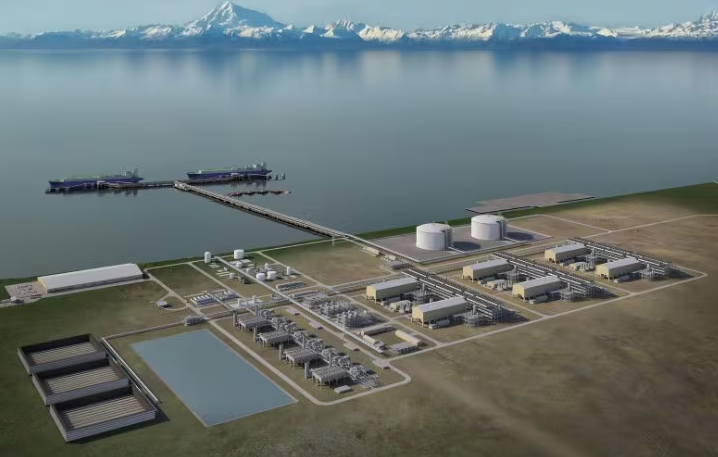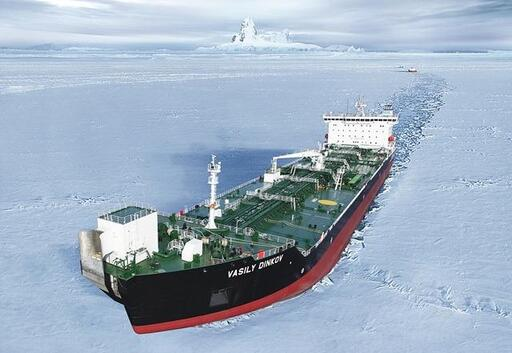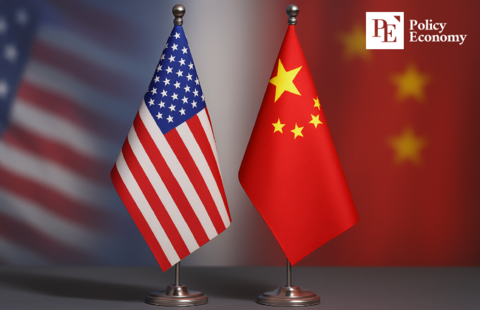U.S. Push for Korean Investment in Alaska LNG
Input
Modified
U.S. Pushes Alaska LNG to East Asian Allies An Energy Strategy That Could Shake China's Maritime Dominance Potential to Reshape the Global Energy Market
The issue of South Korea’s participation in the Alaska Liquefied Natural Gas (LNG) development has emerged as a central point in tariff negotiations between the United States and South Korea. Just as tariffs under President Donald Trump are wielded not merely as trade tools but as geopolitical weapons, LNG is no longer viewed simply as an energy commodity to reduce trade deficits. The Alaska LNG project goes beyond trade balance or import-export benefits—it is part of a broader strategic energy diplomacy effort. It carries the potential for multiple geopolitical “multiplier effects”: countering China’s maritime blockade strategy, enhancing allies’ energy security, diversifying export routes through the Arctic passage, and curbing the influence of the Middle East and Russia.

U.S. Pushes Alaska LNG to East Asian Allies
On April 8 (local time), U.S. Treasury Secretary Scott Besant stated that the Alaska LNG project could be a “solution” in tariff negotiations with South Korea, Japan, and Taiwan. In an interview with CNBC, Besant said, “There are discussions about major energy deals from Alaska, potentially involving Japan, possibly South Korea and Taiwan,” adding, “They’ll provide pipelines and financing.” He emphasized, “This not only creates many jobs for Americans but also helps reduce the trade deficit, so it could be a viable proposal—they can make the first move. Everything is on the table.”
The Alaska LNG project involves transporting natural gas via pipeline from Prudhoe Bay in northern Alaska to Nikiski on the Pacific coast. The core of the project is laying about 1,300 kilometers of pipelines. Although large oil and gas fields were discovered in this area 60 years ago, the U.S. has repeatedly shelved development plans due to lack of economic feasibility. With initial construction costs estimated at $44 billion (approximately 65 trillion won), it has long been seen as too costly. Furthermore, the boom in shale gas development from Ohio to Texas reduced the need for Alaskan gas, pushing it out of the spotlight.
However, President Trump has recently revived interest by suggesting that South Korea and Japan could invest billions of dollars in the project. These two nations are key players in the LNG import market. As of 2023, Japan (16.5%) and South Korea (11.3%) together account for nearly 30% of global LNG imports—surpassing even China (17.6%).
South Korea, which relies entirely on imported energy, currently sources LNG from the Middle East, including Qatar and Oman. Shipping from these countries takes around 20 days, whereas LNG from the U.S. Gulf Coast usually takes about 30 days—up to 50 for larger tankers. In contrast, LNG shipments from Alaska could reach South Korea in as little as 7 days, significantly cutting delivery times and costs.
Additionally, switching from Middle Eastern LNG to U.S. LNG could reduce South Korea’s dependence on volatile Middle East pricing and provide a strategic tool to ease U.S. trade pressure.

An Energy Strategy That Could Shake China's Maritime Dominance
There’s also a national security aspect amid growing military tensions in the Taiwan Strait. Direct gas supply from North America would bolster South Korea’s energy security. In August 2022, China responded to then-Speaker Nancy Pelosi’s visit to Taiwan with “encirclement drills,” which included the Bashi Channel east of Taiwan. Notably, about 90% of South Korea’s crude oil imports transit through the Hormuz–Malacca–Bashi Strait route. If the Bashi Channel is blocked, it would severely disrupt South Korea’s maritime lifelines.
Although China’s stated goal is diplomatic unification with Taiwan, many analysts argue that Beijing’s deeper ambition is to secure maritime dominance over East Asia—impacting key players like South Korea, Japan, and Taiwan. Controlling the Taiwan Strait militarily would allow China to cut off oil and gas shipping routes from the Middle East and block export routes for semiconductors and advanced manufacturing goods bound for Europe.
If realized, this strategy could bring even smaller ASEAN economies under China’s maritime dominance. From the U.S. perspective, it resembles Japan’s expansionist control over the western Pacific prior to the Pearl Harbor attack in World War II.
Potential to Reshape the Global Energy Market
Within this context, the Alaska LNG project is valued not just as an energy venture but as a potential strategic weapon. The LNG produced could be supplied to South Korea, Japan, and even Taiwan, fundamentally reducing reliance on Middle Eastern sources. U.S. LNG—thanks to its flexible pricing and supply stability—could serve as a key instrument for creating a “post-Middle East” energy structure.
If Alaska LNG becomes a mainstream global alternative, it could significantly weaken the bargaining power of OPEC+ countries, which have traditionally controlled oil and gas prices.
Furthermore, if the Arctic shipping route—from Alaska through the Bering Strait, Greenland, and to the UK—is activated, LNG supply lines could be extended to Europe. This would diversify South Korea’s export logistics to Europe and diminish the strategic effectiveness of China’s potential maritime blockade around Taiwan
Alaska LNG could also serve as a counterbalance to the OPEC+ alliance and Russia’s energy weaponization. Russia currently relies heavily on energy exports for national revenue. If Alaska LNG reaches Europe and East Asia reliably, it could directly erode Russia’s gas market share and neutralize its use of energy as geopolitical leverage





















